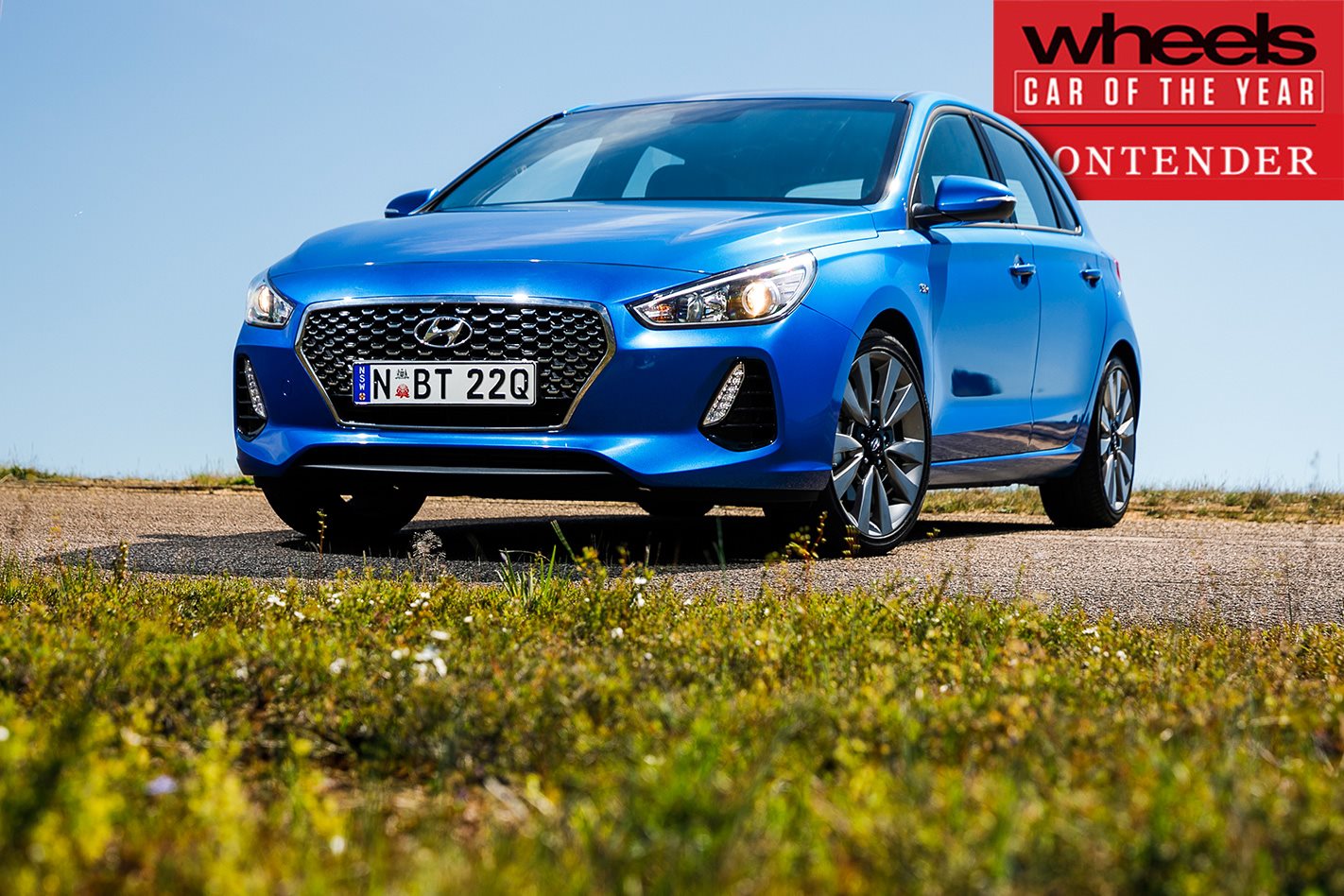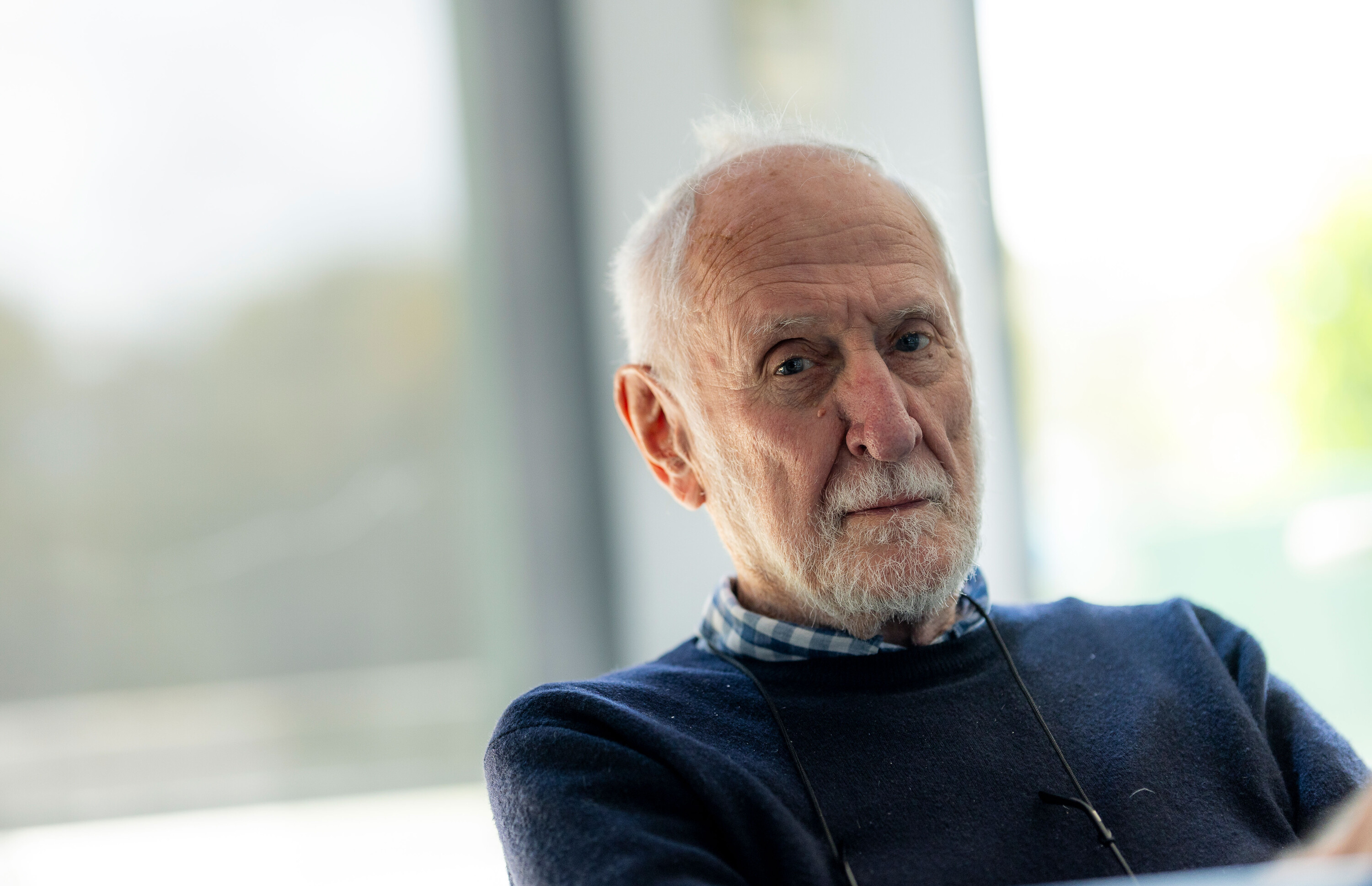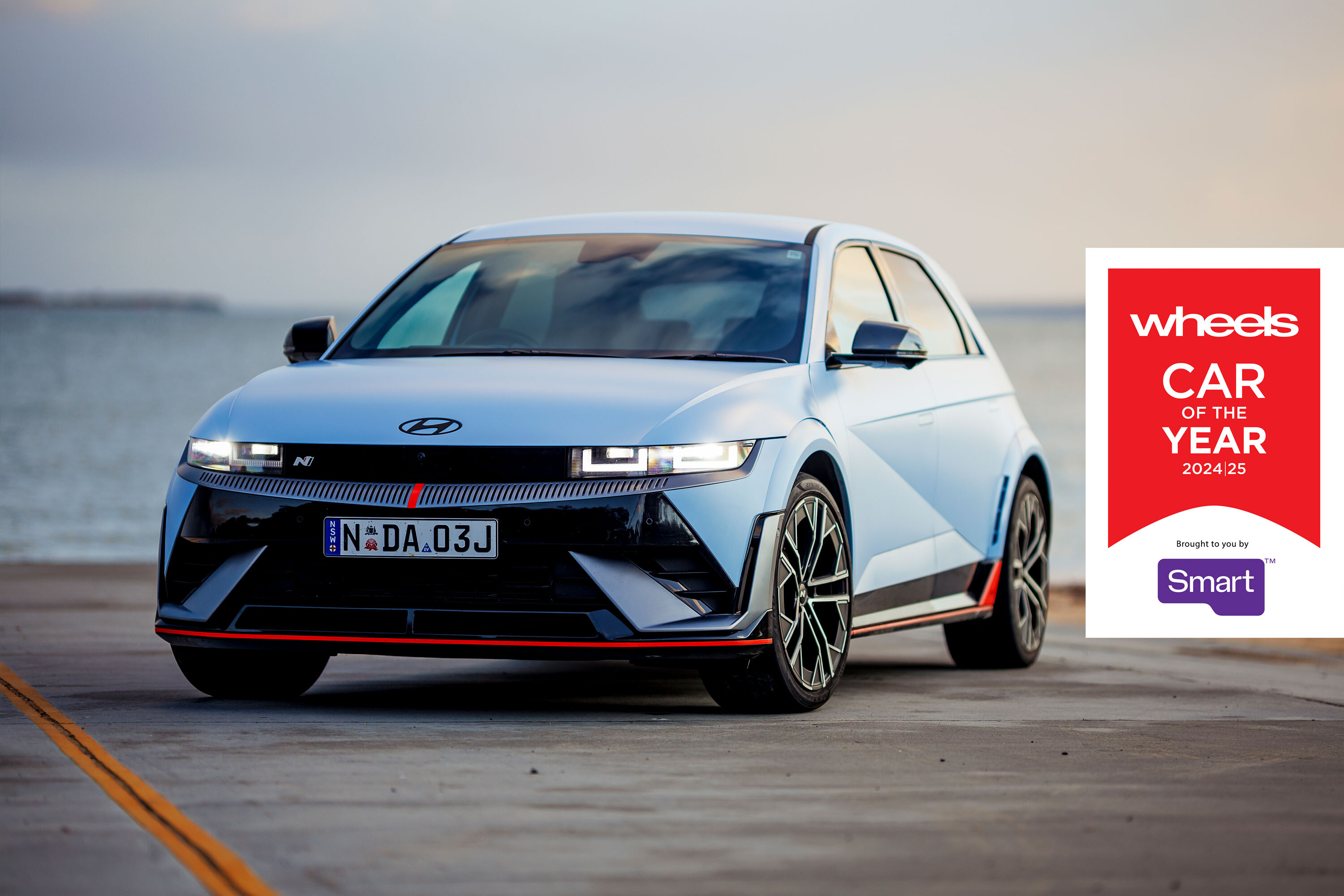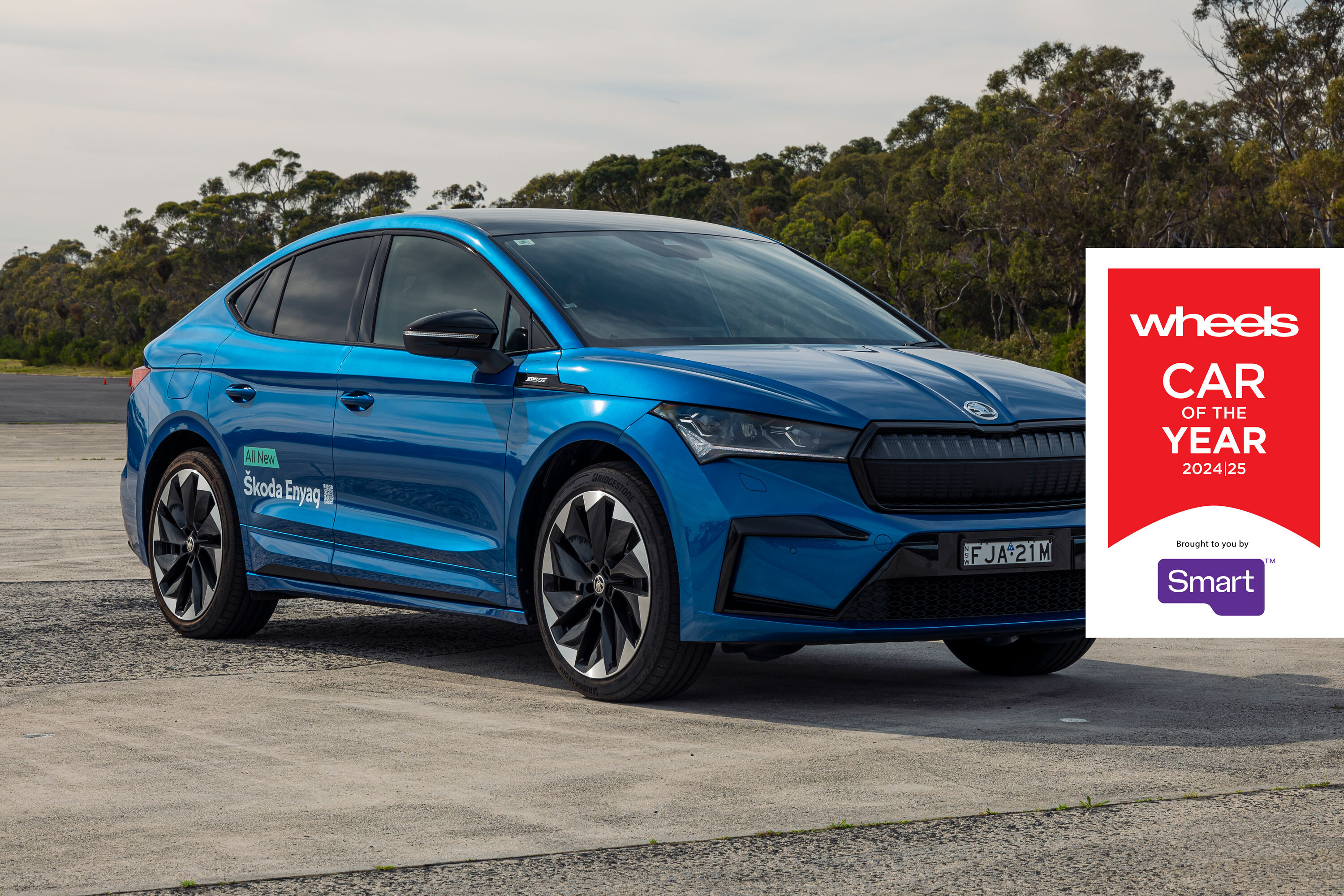THE Hyundai i30 is a Korea best. It’s more accomplished than anything the country’s biggest car maker has done before.
“Hyundai at last comes of age,” noted Mathioudakis. His fellow judges wouldn’t disagree.
This is a range of good-looking small hatchbacks from a car maker that’s finally reached maturity, after a long and spotty puberty.
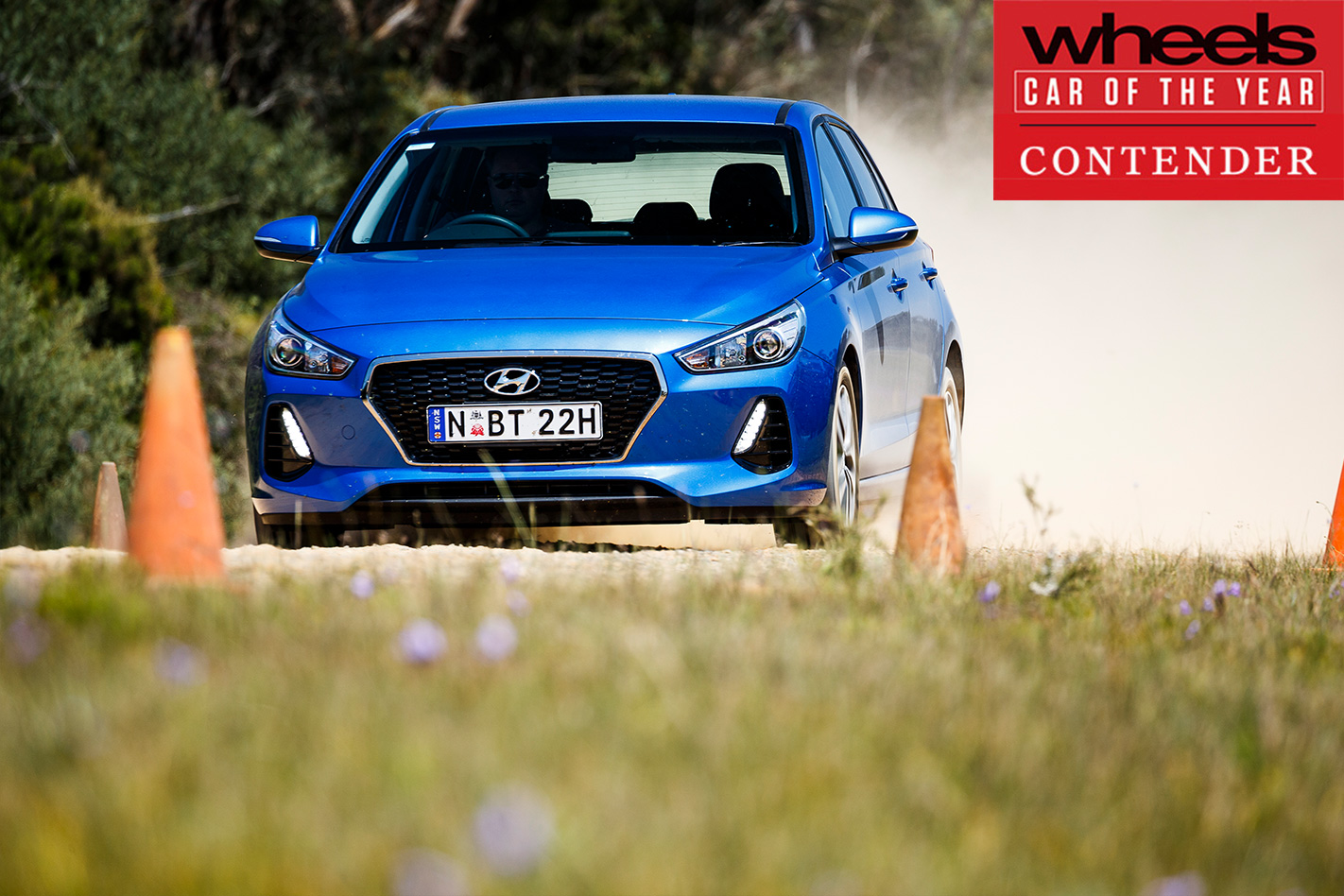
There’s very lively performance, delivered in a refined fashion, to go with a chassis that neatly blends agility and comfort.
While the ride and handling of third-generation i30 models with turbo power is a cut above the rest, all benefit from suspension and steering tuned in Australia specifically for our market.
Hyundai offers two other engines, a 2.0-litre direct-injection four and a 1.6-litre turbo-diesel. Both these are equipped with a simpler and less costly torsion-beam rear suspension that’s unable to quite match the dynamic finesse of the multi-link-equipped models.

The poor rubber on the 2.0 GDi Active auto at COTY was noted by judges. Also noted was the good stopping power of the 1.6 CRDi Elite and 1.6 T-GDi tested, both of which have broader and better tyres.
Hyundai’s 2.0 GDi engine is fiesty but not as smooth as the 1.6 T-GDi. The turbo-diesel 1.6 CRDi delivers adequate performance. While a six-speed manual is offered in combination with all engines, the vast majority of customers will choose the automatic option. Or, rather, options. The 2.0-litre GDi with a conventional six-speed auto, the turbo petrol and turbo diesels with a seven-speed dual-clutch transmission.
Efficiency isn’t a strong point of any of the i30 drivetrains. All of them, according to official ADR81 tests, use more than their equivalents in Corolla, Golf and Mazda 3 line-ups.
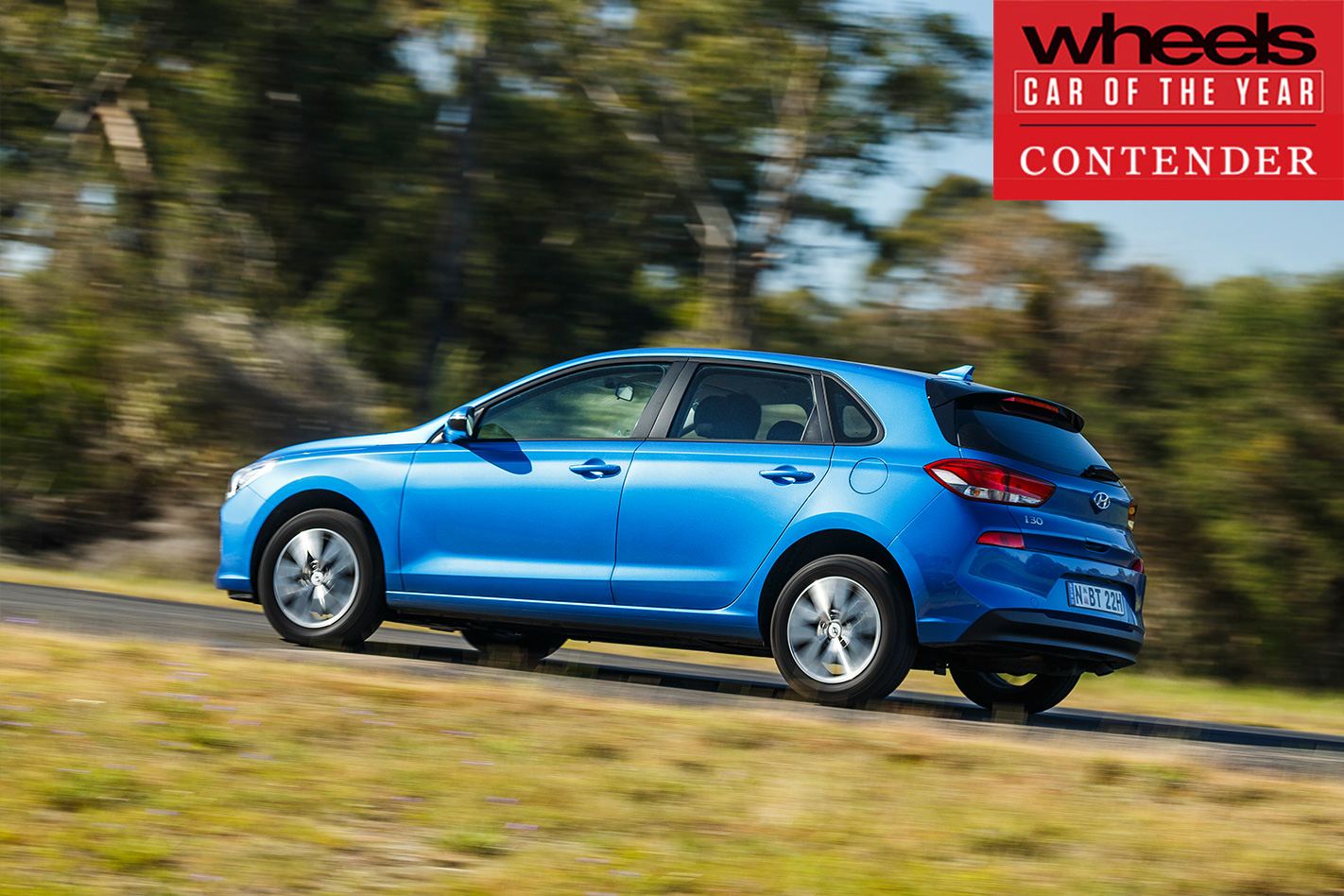
The same is true of the engine range. There’s no emphasis on lightness or advanced drivetrain tech. In other areas the i30 is more competitive. The interior, at least in the equipment grades above Active, is a pleasant and comfortable place to spend time. In all, the cabin has decent rear seat and cargo space.
Pricing across the range is competitive, but the quick, capable, refined and well-equipped SR is obviously the model that stands out for value. The base-grade Active also stands out, though not in a good way. Its lack of AEB, in a segment where this important safety technology is increasingly common, was one of the main reasons the i30’s COTY campaign came to an early end. For technical reasons, AEB is also missing in the manual version of the likeable SR.
There’s still a little way for Hyundai to go to reach the very top of the class. But the i30 shows it’s now getting very, very close.

The clean looks of the i30 are a consequence of Hyundai’s ambition. The big Korean aims to become the best-selling Asian automotive brand in Europe. The i30 will play a big role in delivering this status step-up. Not only was it designed in Europe, it’s also made there. All the i30s out of Hyundai’s Czech factory get multi-link rear suspension, and autos are all seven-speed dual-clutch, unlike Australia’s Korean-sourced cars.


